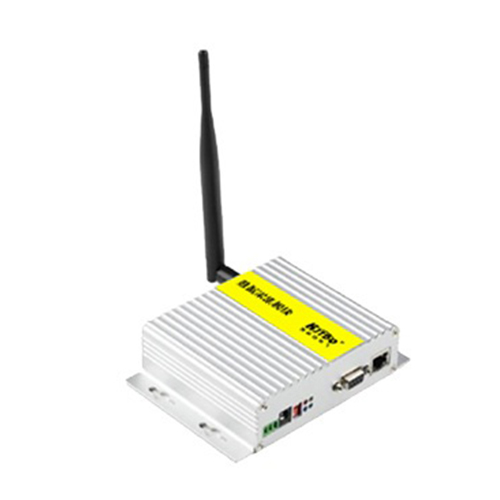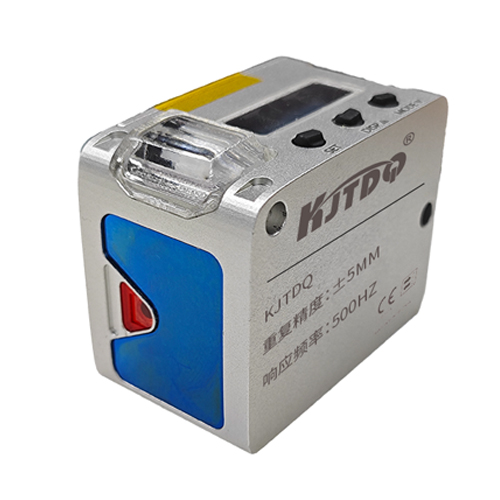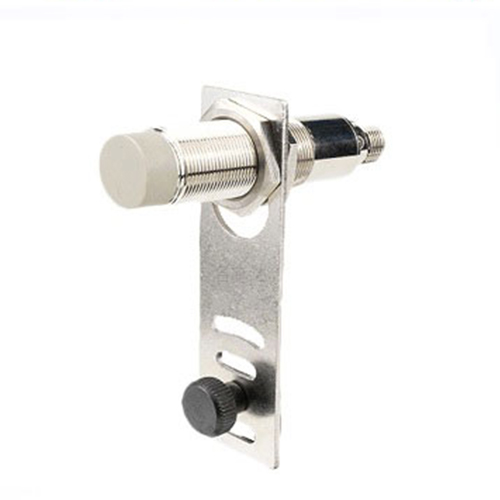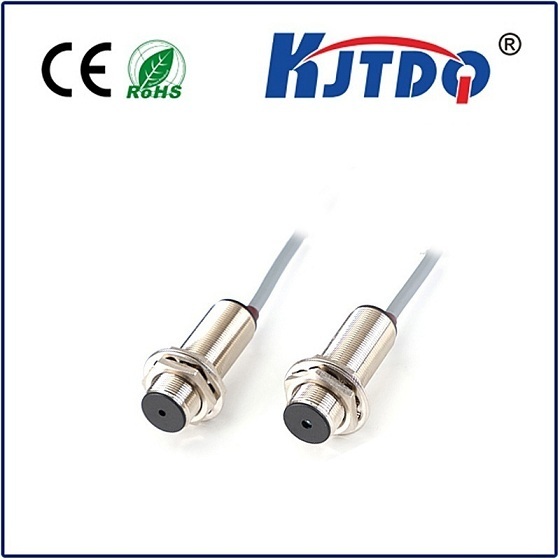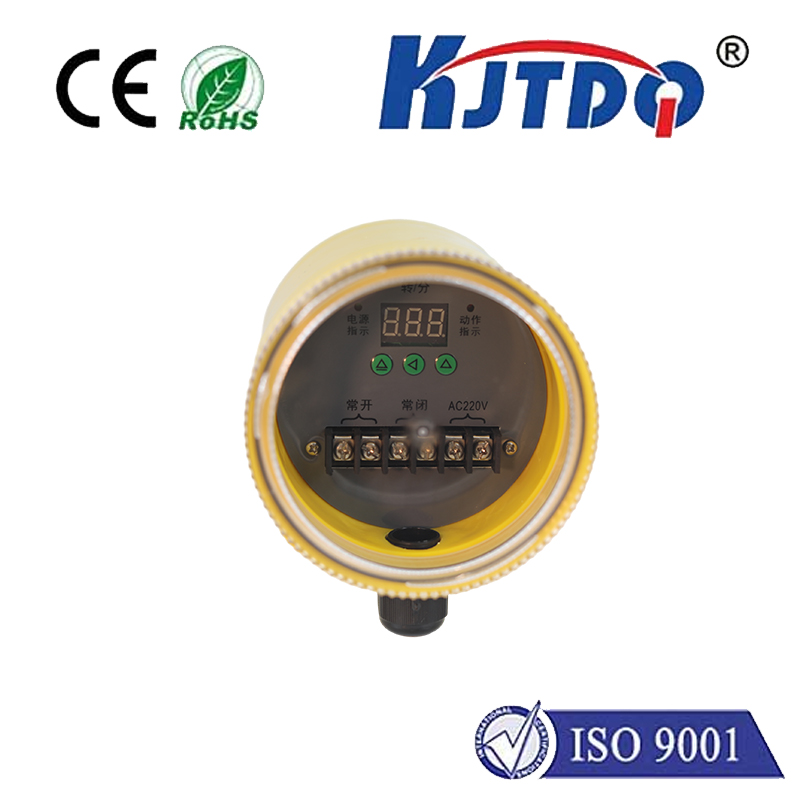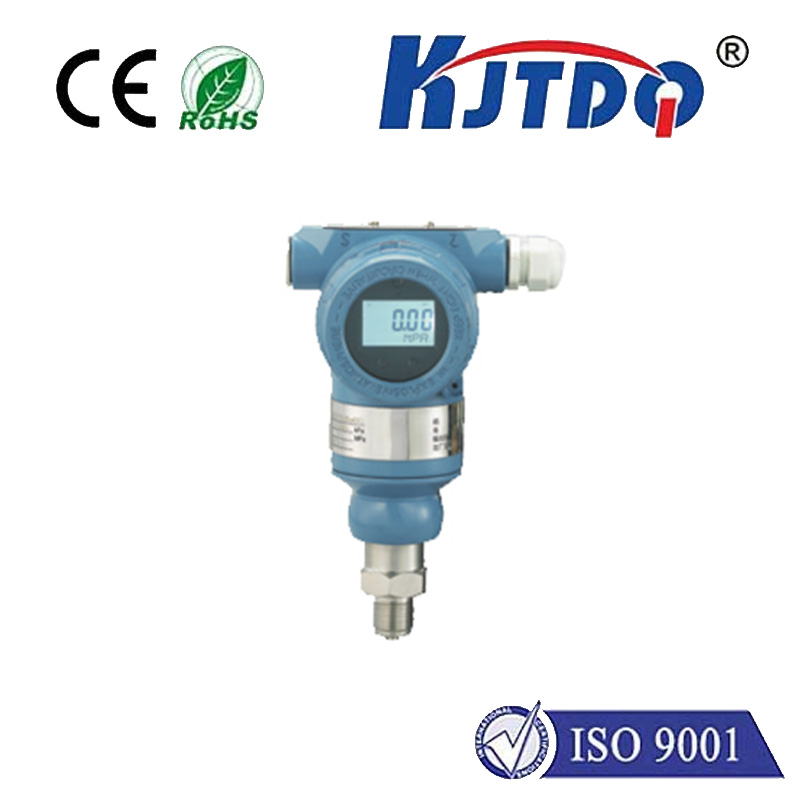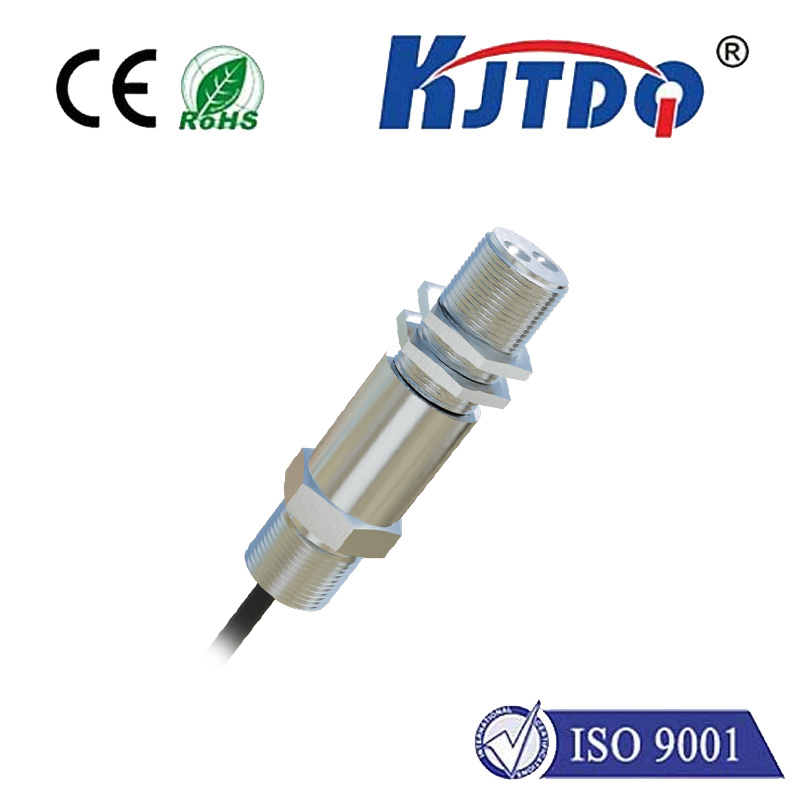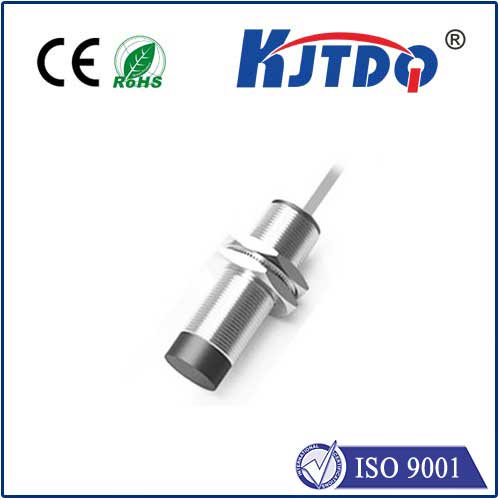

check

check

check

check

check

check

check

check

check

check
Title: Enhancing Workplace Safety: The Role of Inductive Safety Sensors In the modern industrial landscape, safety has become paramount. With the increasing complexity and automation of machinery, the risk of accidents rises proportionally. To address this, industries are turning towards sophisticated safety solutions like inductive safety sensors, which play a crucial role in preventing workplace accidents and ensuring a safer environment for workers.
An inductive safety sensor, also known as a proximity sensor, is an electronic device used to detect the presence or absence of objects without any physical contact. These devices operate based on the principle of electromagnetic fields. When the target object enters or leaves the sensor’s field, it alters the sensor’s oscillator circuit, triggering an output signal indicating object detection.

The versatility of inductive safety sensors makes them applicable across various sectors. They are widely used in manufacturing plants where they help in monitoring conveyor belts, counting products, and controlling machinery operations. In automotive assembly lines, these sensors ensure precision in component placement and alignment, reducing faults and enhancing product quality. Additionally, inductive sensors find use in the packaging industry to verify the presence or absence of items, ensuring that only properly filled packages proceed down the production line.
Inductive safety sensors offer several advantages over other sensing technologies. Firstly, they provide high reliability and durability as they don’t require physical contact, reducing wear and tear significantly. Secondly, these sensors can function effectively under harsh environmental conditions such as extreme temperatures, humidity, dust, and vibrations, making them ideal for industrial applications. Moreover, inductive sensors have a fast response time, enabling quick action to be taken when abnormalities are detected.
To maximize their efficiency, inductive safety sensors must be appropriately integrated into existing safety systems. This involves configuring the sensors to communicate seamlessly with programmable logic controllers (PLCs) and other control systems. By doing so, any deviation from the norm immediately triggers predefined safety protocols such as halting machine operations, sounding alarms, or activating emergency stop mechanisms. This integration ensures not only the prevention of accidents but also compliance with stringent industry safety regulations.
As industries continue to evolve and incorporate more advanced technologies, the importance of robust safety measures cannot be overstated. Inductive safety sensors represent a significant step forward in creating safer workplace environments. By leveraging their non-contact nature, durability, and fast response capabilities, businesses can greatly reduce the risk of accidents and injuries, ultimately leading to increased productivity and peace of mind for both employers and employees. Investing in these sensors is not just about adhering to regulations; it is about fostering a culture of safety that prioritizes human well-being above all else.
